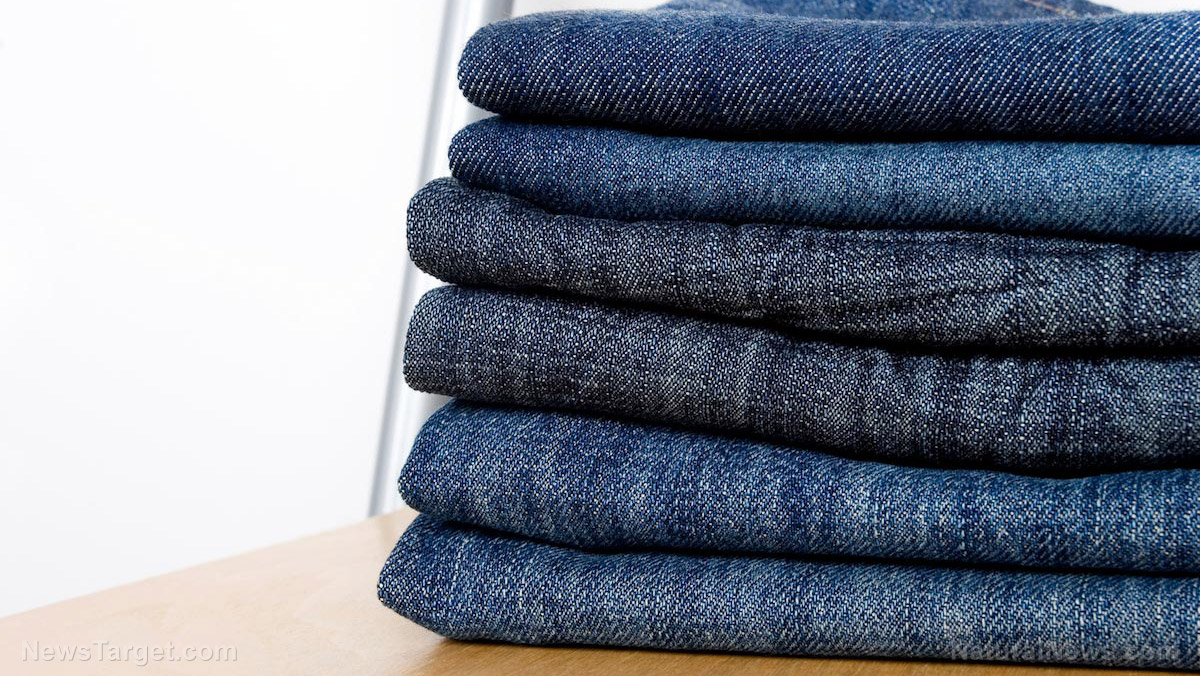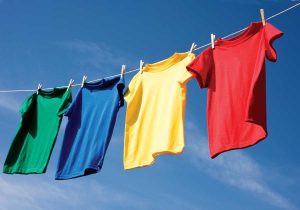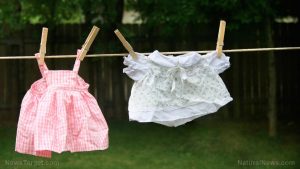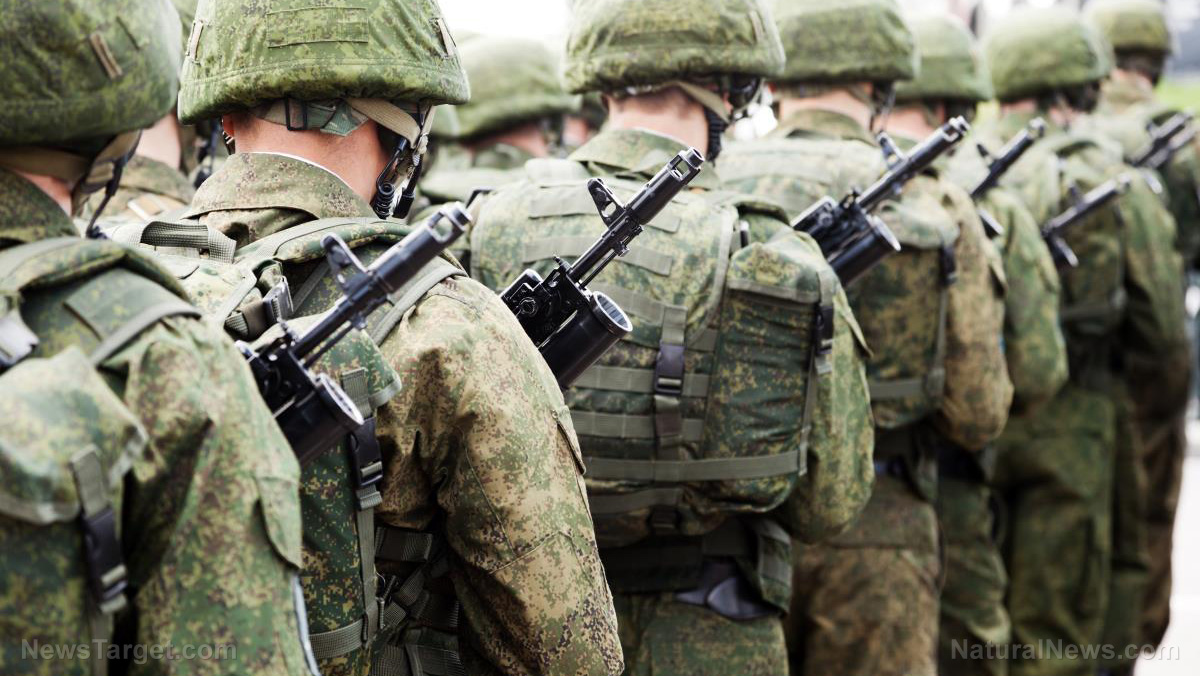Survival essentials: Here’s why you need to stock up on clothing before SHTF
08/29/2021 / By Zoey Sky

In a post-SHTF world, you might have trouble buying daily necessities that you can purchase easily in a normal scenario, like food, water, or clothing. Before disaster strikes, stock up on weather-appropriate clothing so you have enough clothes for yourself and your family if SHTF. (h/t to LivingLifeInRuralIowa.com)
Clothes to stock up on
Even if things remain peaceful in your neighborhood, stocking up on clothing means you have enough clothes that will help you stay warm as the weather turns much colder. Having a stockpile of clean clothing is also crucial since you can’t always be sure that you will still have enough money left over for other supplies when SHTF.
If you stock up on clothes now, you probably won’t have to worry about what you’re going to wear for a couple of years.
Here’s a list of clothing items that you will need for your stockpile:
- Bras or camisoles
- Flannel or button-down shirts
- Jeans (Pants)
- Shirts (Get both short-sleeved and long-sleeved shirts.)
- Shoes and boots
- Shorts or skirts
- Socks
- Sweatshirts and sweaters
- Undershirts (Tank tops or undershirts for summer and for layering in winter.)
- Underwear
Cold weather clothing:
- Coats and jackets
- Balaclavas, hats, gloves and scarves
- Overalls and snow pants
- Thermal undergarments
- Wool socks
Decide the amount of clothes you want to have on hand and take into account clothes for other family members. In normal times, you will probably need about two weeks’ worth of clothes that you can wear in one season without doing any laundry.
But when SHTF, you will need at least one month’s worth of clothes in your stockpile. This doesn’t mean you can go one month without washing your clothes, but you can rest easy knowing you don’t have to buy more clothes.
During winter, layer your clothes so you can wear certain pieces several times before having to wash them. Jeans can be worn at least three to four times before needing a wash.
With the exception of underwear and socks, most items of clothing can be worn several times before washing.
If you live in a state where you experience four seasons, you will need weather-appropriate clothing for the whole year. Buy versatile clothing that can be layered.
If you’re in an area with warm weather, you still need clothes for colder weather since the weather patterns can change and you might experience cold weather when you least expect it.
When you stockpile food, you need to buy food your family will eat. The same goes for clothing. Don’t buy anything your family won’t wear to avoid wasting money.
Keep costs down by sticking to a basic wardrobe. Shirts and jeans can be worn year-round and you can wear layers if the weather gets cold.

Shopping for clothes on a budget
You don’t have to break the bank to stock up on clothing. Keep the spending to a minimum by looking for affordable and high-quality apparel.
Stockpile what you need based on your budget. If you can afford to buy a new pair of shoes, buy them. If you don’t have extra cash, wait for a sale.
Check out these places for great deals on shoes and clothing:
- Clearance racks (Especially end-of-season sales.)
- Consignment stores
- Flash-sale sites
- Free piles
- From family and friends
- Garage sales
- Online sites
- Online swap sites
- Store clearance racks
- Thrift stores
Making your clothes last longer
Once you get clothes for your stockpile, make each piece of clothing last longer by learning how to take care of them.
Learn how to sew so you can repair tears or sew loose buttons. Get a good sewing kit or a sewing machine for resizing or repurposing old clothing.
If you don’t have the sewing skills or are unable to do delicate work with your hands, find someone who can mend and alter clothes well.
Unless your clothes are really dirty, wear some items more than once before washing them and try to dry them naturally whenever you can. This is important because clothes dryers are hard on clothes.
Using your washing machine and dryer frequently can make the fibers in clothing break down quicker. Line drying or rack drying clothes is a better option because it helps them last longer.
Drying clothes naturally also helps the color looking better for longer. When you take care of your clothes, they will last longer. (Related: Mend, wash and rotate: How to care for your clothes and make them last longer.)
If your job requires you to get dirty, like landscaping or construction, you may go through more shirts or pants. You can keep the dirt to a minimum by investing in a good pair of coveralls or a large apron to protect your clothes.
You should also have some old clothes set aside that you can wear while doing chores that require you to get your hands dirty, like home gardening.

Clothing for children
Kids are constantly growing. If you have several kids at different ages, you never know when they will have a growth spurt and need new clothes in bigger sizes.
Before SHTF, keep the next size or two on hand for your child. Set aside the clothes they outgrow for their younger siblings. Do the same with their shoes.
To keep things manageable, try this system. During the summer, make a list of clothes and the sizes they would need. Next, check out garage sales, shop end-of-season sales, thrift stores and others places to get everything in your list.
If you have relatives who are the same age or size, ask them politely for hand-me-downs. You can also ask grandparents to give clothing as gifts for birthdays or the holidays.
When SHTF, don’t wait until your children outgrow their clothes before getting more items for them. While things are calm, get the next size or two in their clothes if you have the extra storage room.
If you don’t know what season they will need the clothes in, buy all seasons in one size. If you don’t need the clothes you bought, trade them for other clothing or supplies. When SHTF, you won’t have to worry about where you’re going to get clothes for your family if you already have a stockpile of shoes and clothes for warm weather and winter clothing.
Visit Preparedness.news for more tips on how to stock up on survival essentials like clothing.
Sources include:
Tagged Under: clothing, disaster, frugal tips, Gear, homesteading, how-to, off grid, preparedness, prepper, prepping, prepping tips, self sufficiency, SHTF, survival, survival gear, survival stockpile, Survival Tips, tips
RECENT NEWS & ARTICLES
COPYRIGHT © 2017 PATRIOT NEWS




















